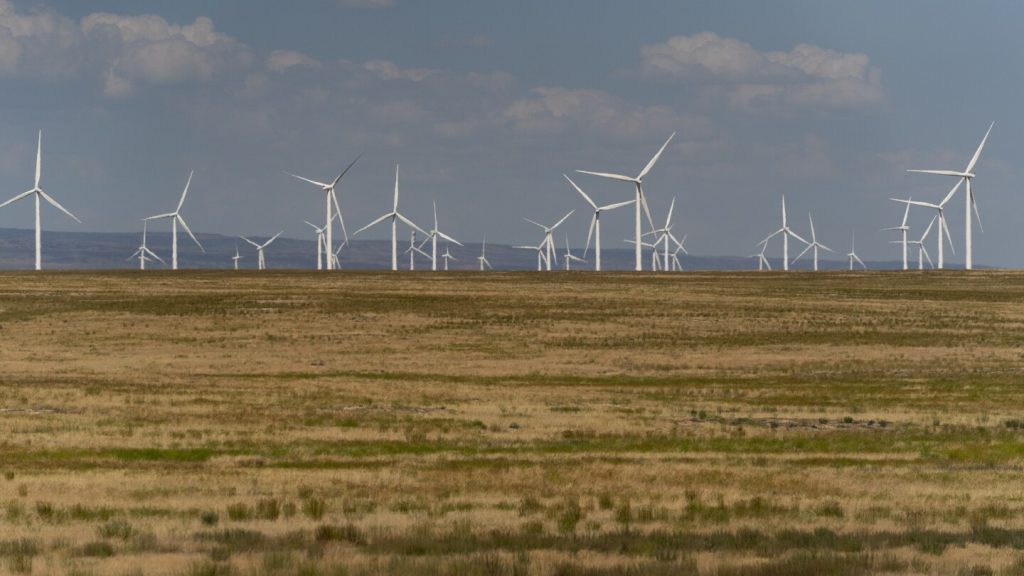The federal Bureau of Land Management has proposed a new alternative for a large-scale wind energy farm in southern Idaho, aiming to shrink its size and move it farther from a national historic site. The Lava Ridge wind farm plan has faced opposition from various groups, including government leaders, local ranchers, and the nonprofit organization Friends of the Minidoka, who are concerned about its impact on the Minidoka National Historic Site. The new alternative would reduce the number of wind turbines to 241 from 400 and place the closest turbine 9 miles away from the historic site.
The Biden administration’s push for renewable energy projects on public lands by 2025 has led to the proposal for the Lava Ridge energy project. Despite the project’s potential economic benefits, Idaho Republicans U.S. Rep. Mike Simpson and U.S. Sen. Jim Risch have expressed continued opposition, calling it an unnecessary and ill-begotten project. The project has been proposed by Magic Valley Energy, a subsidiary of LS Power, with the goal of creating jobs and increasing local government tax revenues. Luke Papez, senior director of project development for LS Power, believes that the new preferred alternative strikes a balance between environmental protection and the need for domestic energy production.
The release of the final environmental review’s preferred alternative follows a 90-day comment period that generated over 11,000 public comments and 1,400 scoping comments. The alternative aims to reduce the “area disturbed” by nearly 50% and minimize potential impacts on various aspects of the environment, including wildlife migration routes, cultural resources, and agricultural aviation uses. If the new alternative is selected, the construction of the project is estimated to generate significant tax revenue and economic output. The Bureau of Land Management has engaged with various stakeholders to develop the preferred alternative and aims to finalize the decision by July.
The nonprofit organization Friends of the Minidoka has expressed disappointment in the agency’s decision, stating that their detailed historical research was disregarded in the process. Robyn Achilles, the organization’s executive director, emphasized the importance of protecting the historic site and urged the Biden administration to make a real commitment to safeguard Minidoka and its heritage. The proposed wind energy farm has sparked concerns about disrupting the visitor experience at the historic site, with opponents advocating for a more substantial effort to protect the area from potential development projects like Lava Ridge.
The Bureau of Land Management’s final environmental review reflects a compromise between the need for renewable energy development and the preservation of cultural and environmental resources in southern Idaho. The agency’s preferred alternative addresses concerns raised by stakeholders, while also considering the economic benefits that the wind energy farm could bring to the region. As the debate continues over the future of the Lava Ridge project, the fate of the proposed wind farm ultimately rests on the decision to be made by the Bureau of Land Management in the coming months. With the potential for significant tax revenue and economic output, the project’s approval or rejection will have lasting implications for both the local community and the environment.


